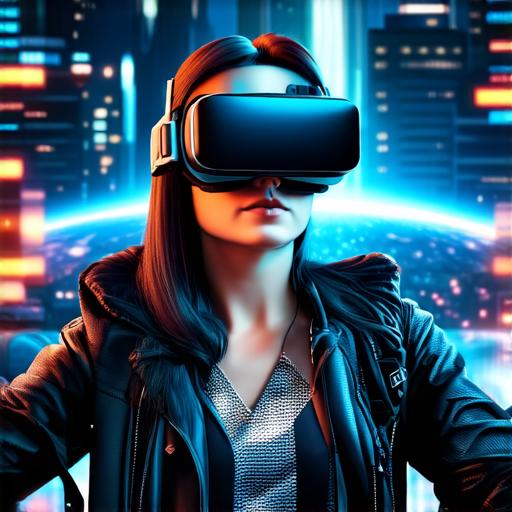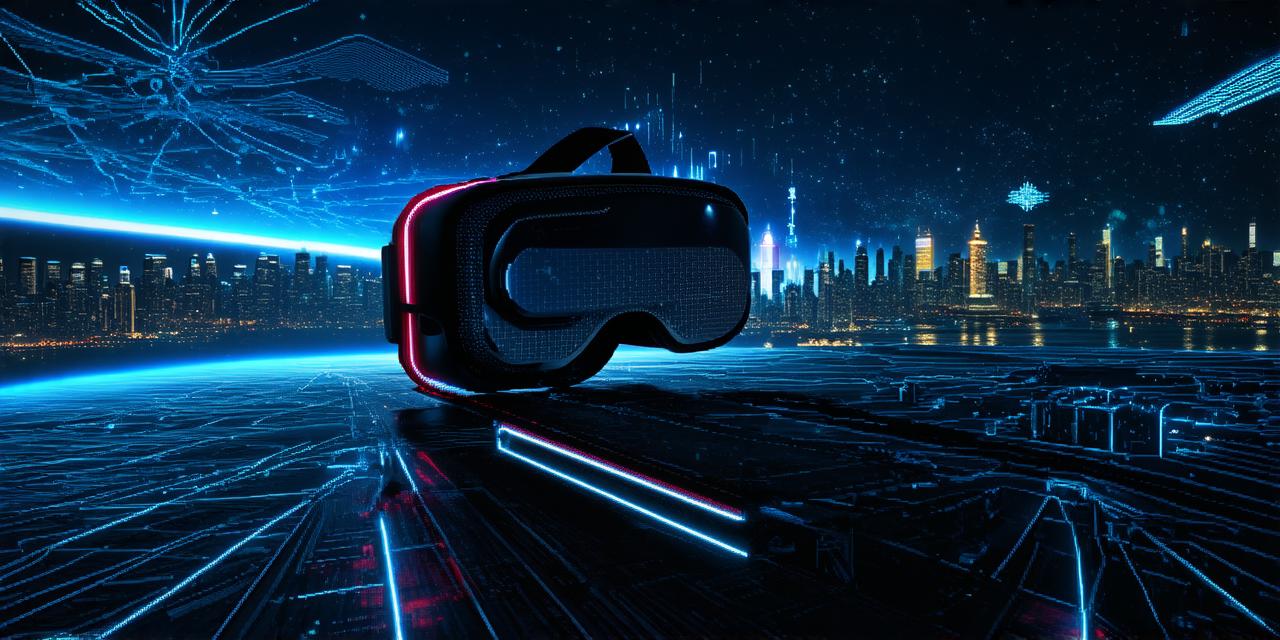The Early Days of Virtual Reality
In the early days of VR, the concept of creating an artificial environment that could be experienced as if it were real was still in its infancy. One of the earliest pioneers of VR was Ivan Sutherland, who created the first VR headset in 1968. The headset, called the Sword of Damocles, allowed users to look around and interact with a virtual environment. However, the technology was limited, and the user could only move their head slowly.
Sutherland later created another groundbreaking piece of VR software called Sketchpad in 1972. This program allowed users to create and manipulate 3D objects in a virtual world. Although Sketchpad was a significant step forward for VR, it was still limited by the technology of the time.

The 1980s and 1990s saw further advancements in VR technology. In 1982, David Emmett created the first VR headset with a built-in display, allowing users to see what they were looking at while wearing the headset. This was a significant improvement over previous designs, as it eliminated the need for external displays.
However, despite these advancements, VR technology remained expensive and bulky, making it difficult to use in everyday life. It wasn’t until the 21st century that VR technology became more accessible and affordable.
The Rise of Virtual Reality in the 21st Century
In the early 2000s, advances in computer hardware and software led to significant improvements in VR technology. The introduction of motion controllers, such as the Oculus Touch, made it easier for users to interact with virtual environments. This allowed for more immersive experiences, such as playing video games or exploring virtual museums.
In 2016, Oculus released the Oculus Rift, which was widely regarded as one of the best VR headsets on the market. The Rift’s advanced graphics and motion tracking capabilities made it a popular choice for gamers and content creators alike.
The same year, Samsung released the Gear VR, which used a smartphone as its primary display. This made VR technology more accessible to consumers who didn’t want to invest in a high-end computer or headset.
Today, virtual reality is becoming increasingly popular for various applications, including education, training, and therapy. For example, medical professionals are using VR to simulate surgeries and other procedures, allowing them to practice their skills in a safe environment.
The Future of Virtual Reality
As technology continues to advance, virtual reality is likely to become even more immersive and interactive. We can expect to see new technologies emerge that will make VR experiences even more realistic and engaging.
One area where we may see significant advancements in VR is in the field of haptics. Haptic technology involves using sensors to create tactile sensations, allowing users to feel as if they are touching objects in a virtual world. As this technology continues to develop, it will likely become more affordable and accessible, making VR experiences even more immersive.
Another area where we may see advancements in VR is in the field of AI. AI technologies can be used to create more realistic and interactive characters in virtual worlds, making for more engaging and immersive experiences.
Applications of Virtual Reality
Virtual reality has a wide range of applications across various fields. In education, VR can be used to provide students with immersive learning experiences that allow them to explore historical events or scientific concepts in a virtual world. In training and simulation, VR can be used to simulate real-world scenarios, such as military operations or emergency response situations, allowing trainees to practice their skills in a safe environment.
In healthcare, VR can be used for therapy, rehabilitation, and medical procedures. For example, VR can be used to simulate surgeries or treatments, allowing doctors and patients to practice and refine techniques before performing them on real patients. In addition, VR can be used as a tool for pain management, helping patients cope with chronic pain by providing them with an immersive distraction.
In gaming and entertainment, VR has revolutionized the way people experience video games and movies. With VR headsets, users can enter a virtual world and become part of the action, making for a more immersive and interactive experience.
In conclusion, virtual reality technology has come a long way since its inception in the 1960s. Today, it is being used in various fields, including education, training, therapy, gaming, and entertainment. As technology continues to advance, we can expect to see even more immersive and interactive VR experiences in the future.
